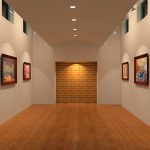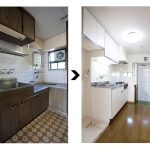With new technology comes a demand for new materials that provide superior performance and increase performance. With printed circuit boards, one of the newest options to consider is a ceramic substrate.
Depending on the type of material selected for the substrate, it can be designed to perform in a specific type of environment. This could include in applications where there may be very high ambient temperature, such as may be found in the aerospace or military and defense industries.
The choice of the ideal ceramic substrate for a particular application is not always easy. There may be several possibilities to consider, so working with a company with expertise in PCB design will be essential to narrow down the selection to the ideal material.
Options and Considerations
There are basic considerations for these types of substrates. They including the low temperature co-fired ceramic or LTCC or the high-temperature co-fired or HTCC substrate.
Both of these options in a ceramic substrate can be used for networks, including high-frequency systems and components. They will support passive components that are embedded into the surface. It is also possible to include brazed on components in the design of the PCB using both LTCC and HTCC.
These types of systems can also be plated using silver, gold, and nickel, which makes them very versatile and flexible for use across a wide range of highly specialized applications.
The specific industry and application will also be a factor in the choice of a substrate. What is a good option for a component in the medical equipment and device field may not be as effective for use in the telecommunications field where there are different environmental factors and operational considerations.
Look for information on any substrate that is being considered or recommended as to its performance and longevity. Through the choice of a ceramic, there is always going to be an excellent level of insulation for heat and electricity as well as a long-lasting surface that can stand up to even the most challenging working conditions.







